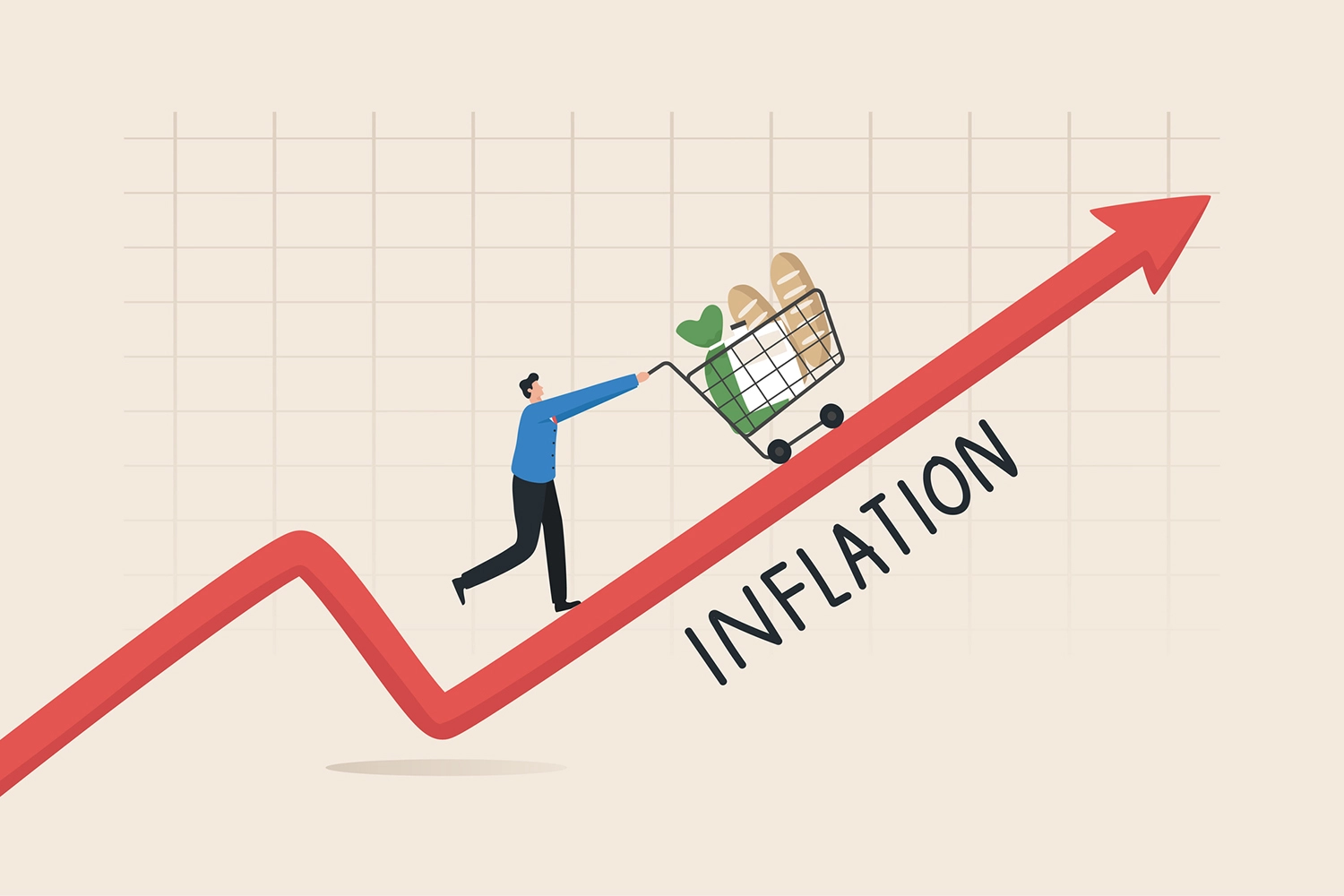Kavan Choksi: How Interest Rates Affect Inflation
Kavan Choksi: The Inflation-Interest Rates Link
Inflation and interest rates typically move in the same direction because interest rates are the main tool used by the Federal Reserve to fight inflation. The Federal Reserve Act directs the Fed to stabilize prices and promote maximum employment. Since 2012, the Federal Reserve has had a 2 percent inflation rate target consistent with the stable prices portion of its mandate, Kavan Choksi explains. |
Images: stanford.edu |
When the Federal Reserve counters inflation risks by raising its benchmark federal funds rate, it also increases the level of central bank reserves in the financial system, limiting the supply of money available for purchases of risk assets. Conversely, when a central bank decreases its interest rate target, it effectively increases the money supply available to purchase riskier assets.
Kavan Choksi says rising interest rates discourage consumers and businesses from spending, especially on big-ticket items such as capital equipment and houses, by raising borrowing costs. Rising interest rates also typically weigh on asset prices, reversing the wealth effect for people and making banks more hesitant to lend money. Finally, rising interest rates may force the central bank to continue to tighten its monetary policy, tamping down inflation expectations.
 |
Image source: cdn.cfr.org |
In short, making monetary policy is like driving an old car, says Kavan Choksi. The car has an unreliable speedometer, a foggy windshield, and a delay to the accelerator or the brake.
For more insights and updates on investing, business, and economics from Kavan Choksi, visit his blog site. Click this link to access the blogs.


Comments
Post a Comment